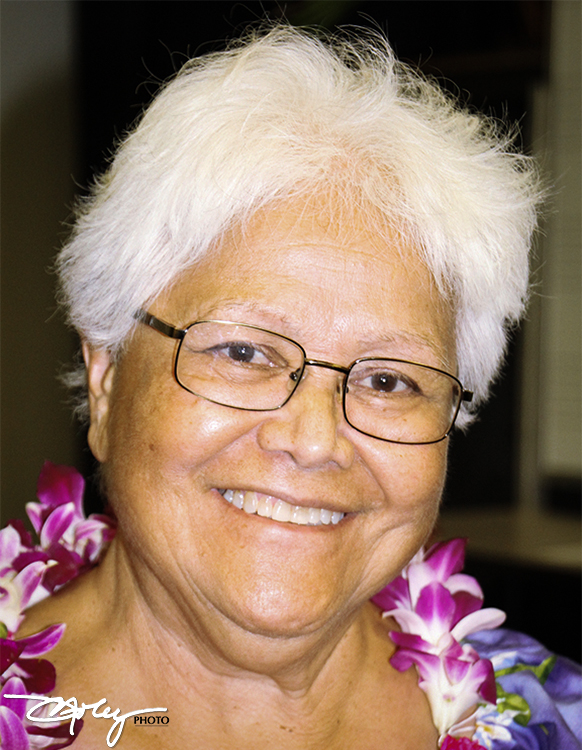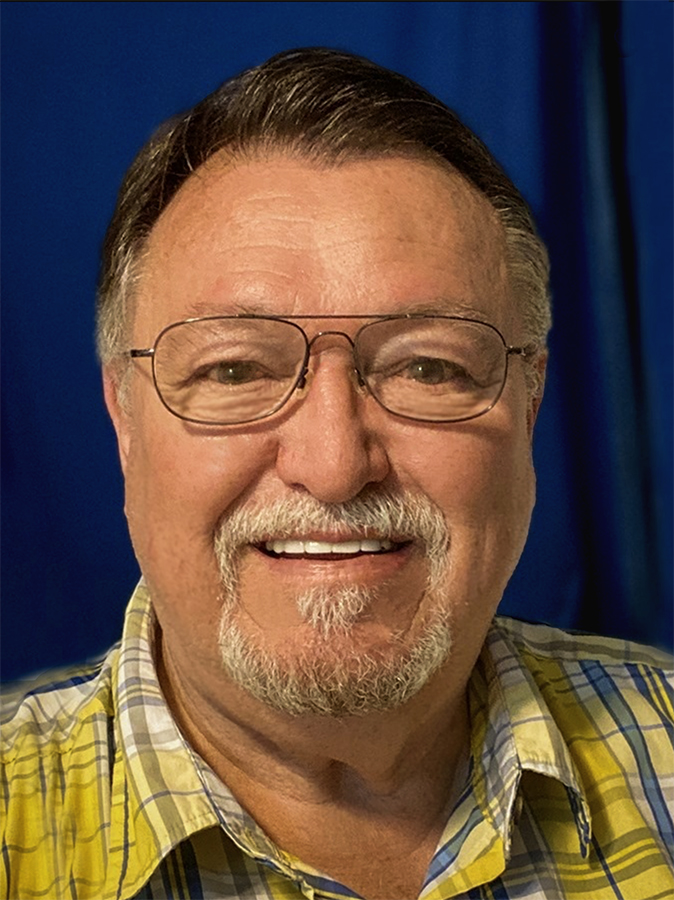
[Reprinted from pcc50.com, the PCC’s 50th-anniversary website which is no longer active; originally posted September 18, 2013; interview and 2013 photo by Mike Foley.]
From Rotuma (in Fiji): Tivakno Ieli Sievinen is among a minuscule number of Polynesians who have come to Laie from the small island of Rotuma, a political dependency located 400-plus-miles from Fiji.
On October 12, 1963, she was one of the two young ladies who held the large carnation lei that President Hugh B. Brown of the First Presidency cut to signify the opening of the Polynesian Cultural Center during the dedication ceremonies.
But on this day, Tivakno was a retired schoolteacher who had lived in Florida for many years.
She “talked story” as part of a panel discussion during the Mormon Pacific Historical Society conference — held in conjunction with and focusing on the PCC’s 50th anniversary on September 7, 2013, in the BYU–Hawaii Little Theater.
What still stands out in her mind: This Polynesian Cultural Center has given me an opportunity to learn about my culture, to learn about my fellow Polynesians’ cultures, and to help Polynesian cultures and traditions endure over the years. It has taught me to appreciate my culture.
Early in my teaching career, I was able to do an end-of-the-year program where I taught my students the Polynesian dances that I learned here.
They were so, so excited to learn. I didn’t just teach the dances, I also got to teach about where the dances came from. I would show them on the map where the islands are and how they are related to each other. They learned a lot about Polynesia through things like that.
After a while, the kids who had graduated and married, would send their kids to school, and
Tivakno Ieli Sievinen was originally from the small, remote island of Rotuma, a political dependency of Fiji. (She passed away in July 2020.)
When they saw my name on the list, they would request my class for their children.
I would ask them why, and they would tell me all about the Polynesian dances, back when we were allowed to do those things. (Nowadays, it’s no longer allowed.)
I’m truly grateful to the Polynesian Cultural Center for sharing each other’s cultures. If it wasn’t for The Church of Jesus Christ of Latter-day Saints, we would not have had this opportunity.

Your comment has been submitted for administrator approval.
Your comment was not saved. Please try again.
No comments yet.